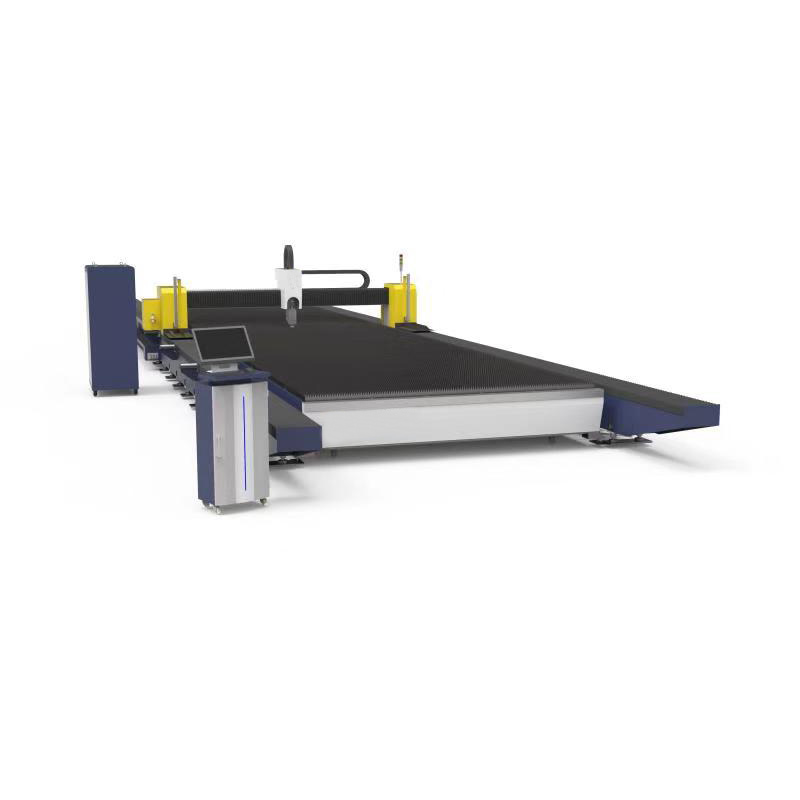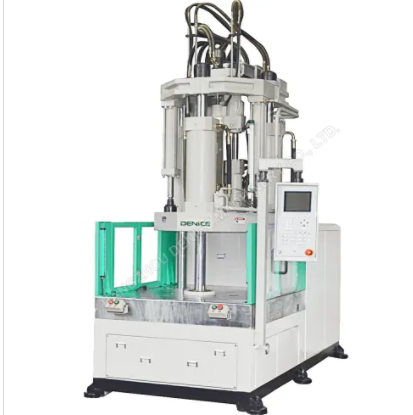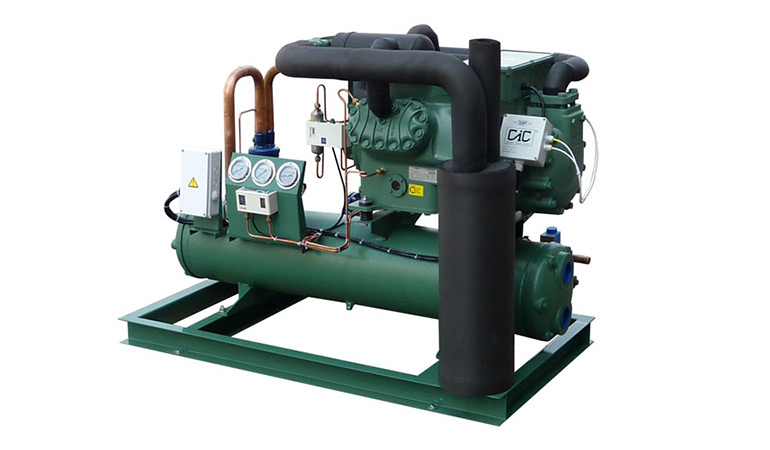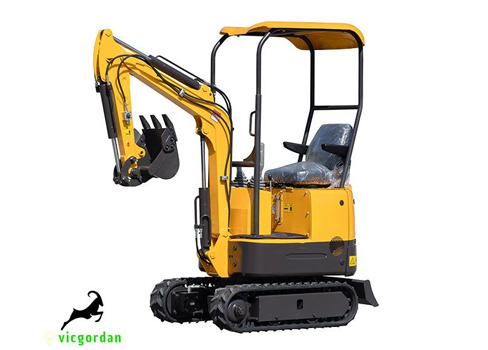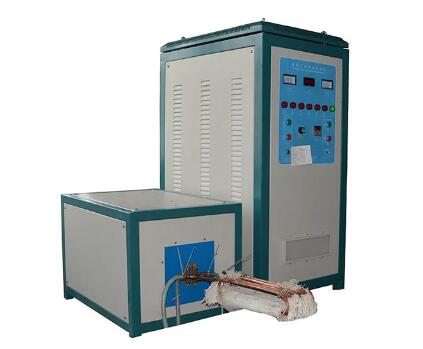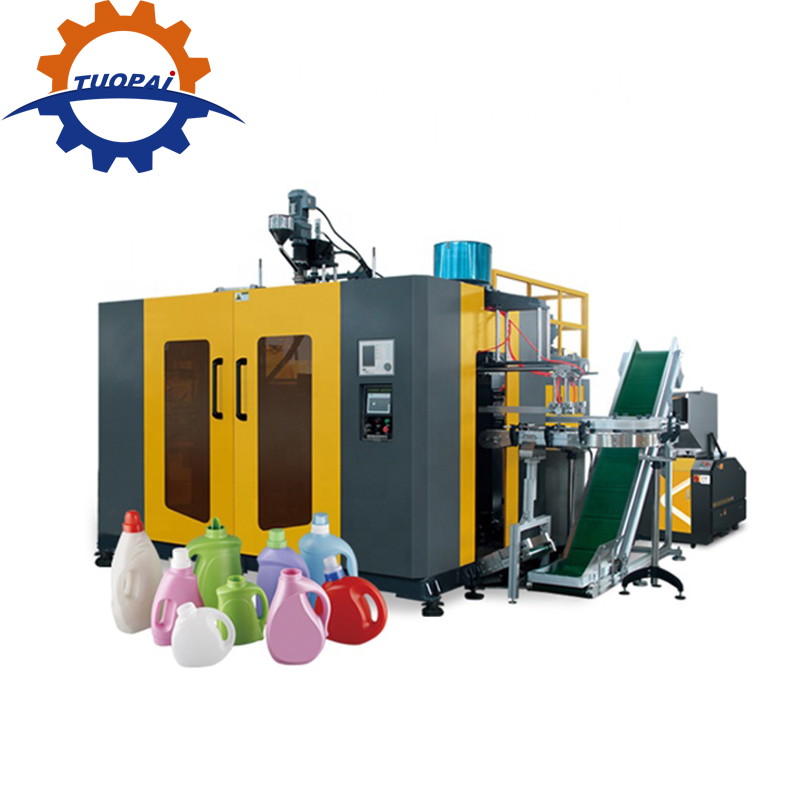What Is Carburizing? Frequently Asked Questions and Experience Summary of Carburizing Process
Large or network carbides appear in the carburized layer
Cause of defect:
Surface carbon concentration is too high
1. Dripping type carburizing, the dripping amount is too large
2. Controlled atmosphere carburizing, too much enriched gas
3. Liquid carburizing, salt bath cyanide content is too high
4. The carburized layer is air-cooled after coming out of the furnace, but the cooling rate is too slow.
Countermeasures:
1. Reduce the surface carbon concentration, reduce the amount of dripping during the diffusion period and appropriately increase the humidity during the diffusion period, and also appropriately reduce the amount of dripping during the carburizing period.
2. Carburizer to reduce solid carburization
3. Reduce cyanide content in liquid carburizing
4. In summer, the room temperature is too high, and the air-cooling parts can be used to blow air to help cool the air.
5. Increase the quenching heating temperature to 50~80ºC and appropriately extend the holding time
6. Quenching twice or normalizing + quenching, or normalizing + high temperature tempering, then quenching and tempering
A large amount of retained austenite appears in the infiltration layer
Cause of defect:
1. Austenite is relatively stable, and the content of carbon and alloying elements in austenite is relatively high.
2. If the tempering is not timely, the austenite will be thermally stabilized.
3. Cooling too slowly after tempering
Countermeasures:
1. The surface carbon concentration should not be too high
2. Reduce the direct quenching or reheating quenching temperature, and control the level of core ferrite to ≤3
3. Quickly cooled after low temperature tempering
4. It can be reheated, quenched, cold treated, or tempered at high temperature and then requenched.
Surface decarburization
Cause of defect:
1. In the later stage of gas carburizing, the carbon potential of the furnace gas is low.
2. After solid carburization, the cooling rate is too slow
3. Air cooling time after carburizing is too long
4. Unprotected cooling in cooling wells
5. Air furnace heating and quenching without protective gas
6. Salt bath furnace heating and quenching, salt bath deoxidation is not complete
Countermeasures:
1. Re-infiltration in a medium with suitable carbon potential
2. Shot peening after quenching
3. Grinding allowance, larger parts are allowed to have a certain decarburization layer (≤0.02mm)
Troostite structure (black structure) appears after quenching of the carburized layer
Cause of defect:
The oxygen content in the carburizing medium is high: oxygen diffuses to the grain boundaries to form oxides of Cr, Mn, and Si, which depletes the alloy elements and reduces the hardenability.
Countermeasures:
1. Control the composition of furnace gas medium and reduce oxygen content
2. Shot blasting can be used for remediation
3. Improve quenching medium cooling capacity
Too much ferrite in the core leads to insufficient hardness
Cause of defect:
1. Low quenching temperature
2. Insufficient reheating and quenching holding time and insufficient quenching cooling rate
3. There is undissolved ferrite in the heart
4. There are austenite decomposition products in the center
Countermeasures:
1. Reheat and quench according to normal process
2. Properly increase the quenching temperature and extend the holding time
Insufficient depth of carburized layer
Cause of defect:
1. Low furnace temperature and short holding time
2. Penetrant concentration is low
3. Stove leaks
4. The composition of salt bath carburizing is abnormal.
5. Too much furnace charge
6. There is oxide scale or carbon deposit on the surface of the workpiece
Countermeasures:
1. According to the reasons, adjust the carburizing temperature, time, drip volume and furnace sealing
2. Strengthen the identification of new salt and inspection of working conditions
3. Parts should be cleaned
4. If the carburized layer is too thin, it can be re-infiltrated. The re-infiltration speed is 1/2 of normal carburizing, about 0.1mm/h.
Uneven depth of penetration layer
Cause of defect:
1. Uneven furnace temperature
2. Poor atmosphere circulation in the furnace
3. Carbon black deposits on the surface
4. The temperature difference in the solid carburizing box is large and the penetration agent is uneven
5. There are rust spots, oil stains, etc. on the surface of the parts
6. Part surface roughness is inconsistent
7. Uneven density of hanging parts
8. The raw material has a banded structure
Countermeasures:
1. Strictly clean parts before carburizing
2. Clean the carbon deposits in the furnace
3. When clamping parts, the gaps should be evenly distributed and the size should be equal.
4. Frequently check furnace temperature uniformity
5. Raw materials must not have banded structures
6. Frequently check furnace temperature, furnace gas and furnace loading conditions
Low surface hardness
Cause of defect:
1. Low surface carbon concentration
2. There is a lot of retained austenite on the surface
3. Troostite structure formed on the surface
4. The quenching temperature is high, and a large amount of carbon is dissolved into the austenite. A large amount of residual austenite is formed after quenching.
5. The quenching heating temperature is low, the amount of carbon dissolved into the austenite is not enough, and the quenched martensite contains low carbon.
6. Tempering temperature is too high
Countermeasures:
1. Low carbon concentration, can be replenished
2. There is a lot of retained austenite, so it can be tempered at high temperature and then reheated and quenched.
3. It has troostite structure and can be reheated and quenched.
4. Strict heat treatment process discipline
Surface corrosion and oxidation
Cause of defect:
1. Penetrant impurities include water, sulfur and sulfate
2. The gas carburizing furnace leaks. During solid carburizing, the carburizing agent melts on the surface of the workpiece. After liquid carburizing, residual salt sticks to the surface of the workpiece.
3. High temperature, insufficient air cooling protection
4. The salt furnace is not completely calibrated, the air furnace is heated without a protective atmosphere, and it is not cleaned in time after quenching.
Additional resources:Rotary Drilling vs. DTH Drilling: Understanding the Key Differences
Mobile Tower Crane: Revolutionizing Construction Lifting
Understanding the Difference Between AWP and EWP
What is the Difference Between AWP and EWP?
Horizontal Flow Wrap Machine: Enhancing Packaging Efficiency and Productivity
Maximizing Efficiency and Precision with Chain Induction Heat Treating Line
What is the closing time for an annular BOP?
5. The surface of the parts is not clean
Countermeasures:
1. Strictly control carburizing agent and salt bath ingredients
2. Check equipment seals frequently
3. Timely cleaning and cleaning of parts surfaces
4. Strictly enforce process disciplines
Carburized parts cracked
Cause of defect:
1. The cooling rate is too slow and the tissue transformation is uneven.
2. After alloy steel is air-cooled after infiltration, a layer of untransformed austenite remains under the surface layer of trotenite. When it is subsequently cooled or left at room temperature, it transforms into martensite, the specific volume increases, and tensile stress occurs.
3. During the first quenching, the cooling rate is too fast or the workpiece shape is complex]
4. The material contains too many trace elements (Mo, B) that improve hardenability, etc.
Countermeasures:
1. After infiltration, the cooling rate is slowed down so that the infiltration layer undergoes complete eutectoid transformation during the cooling process.
2. After infiltration, the cooling rate is accelerated to obtain martensite + retained austenite. Tensile stress caused by relaxation of inner tissue transformation
3. For quenching cracking, the cooling rate should be slowed down, trace elements should be included for process testing, or the temperature of the quenching medium should be increased.
High alloy steel hydrogen embrittlement
Cause of defect:
1. The hydrogen content in the furnace gas is too high
2. Carburizing temperature is too high, which is conducive to hydrogen diffusion
3. Direct quenching after infiltration, hydrogen does not have time to precipitate and exists in the steel in a supersaturated state.
Countermeasures:
1. Cool slowly after carburizing
2. After direct quenching, quickly temper above 250ºC
3. The supply of penetrant is stopped before the parts are released from the furnace, and nitrogen gas is introduced to discharge the hydrogen before being quenched directly.
The carbon concentration of the carburizing layer is low
Cause of defect:
1. The carbon potential in the furnace is low, the temperature is low, the amount of dripping is small, and the furnace is leaking.
2. Carbon black is formed on the surface of the workpiece or is covered with carbon black, and the furnace load is too much.
3. The furnace atmosphere is uneven and the furnace pressure is too low, causing local dead spots in the furnace.
4. The distance between workpieces is too small and the furnace circulation is not smooth.
5. Decarburization during cooling after infiltration
Countermeasures:
1. When carburizing, always check the furnace temperature and the amount of penetrating agent.
2. Pay attention to furnace gas and furnace pressure
3. Prevent furnace air leakage and fan stalling and reversing
4. The distance between workpieces is greater than 1cm
5. Burn carbon black frequently, clean the carbon deposits in the furnace, and cool it into the cooling well after infiltration. Pour kerosene or methanol into the well for protection.
Carburized layer is too thick
Cause of defect:
1. The carburizing temperature is too high and the holding time is too long.
2. The amount of drops is too large and the carbon potential in the furnace is high.
3. Sample inspection is not accurate
Countermeasures:
1. Take process measures according to the cause
2. If the seepage layer exceeds the upper limit of the drawing and is unqualified, but if the difference is 0.05mm from the drawing, it can be qualified by arbitration or apply for reuse.
Excessive distortion of carburized parts
Cause of defect:
1. Improper carburizing furnace method or fixture selection
2. The carburizing temperature is too high, and the furnace gas and furnace pressure are uneven and unstable.
3. Direct quenching temperature is too high
4. Improper arrangement of two quenchings
5. Improper heating method, improper quenching agent and cooling method
6. Too many quenching repairs
7. The concentration and depth of the carburized layer on the parts are uneven, causing irregular warping during quenching.
8. The shape of the workpiece is complex, the wall thickness is uneven, some surfaces are carburized, and some surfaces have no or little carburization.
Countermeasures:
1. Long rod-shaped parts should be hung vertically, and flat parts should be placed flat. The parts should be stable on the fixture without being prestressed. The unloading operation should be smooth and the furnace temperature should be appropriate.
2. Direct quenching should be pre-cooled, try to use primary quenching instead of secondary quenching, and choose the heat treatment process correctly.
3. Leave machining allowance in advance
Carburizing speed is very slow
Cause of defect:
1. Temperature too low
2. There is too much penetrating agent and carbon is accumulated on the surface of the parts.
3. Penetrating agent contains too much sulfur
4. The fan bearings are lubricated with MoS2, and the lubricating oil enters the furnace and increases the sulfur
5. The fan bearing leaks and oxygen enters the furnace
6. Fan shaft cooling water leaks into the furnace
Countermeasures
Take appropriate measures to address defects
Surface peeling of carburized parts after quenching
Cause of defect:
1. Solid carburizing agent activity is too strong
2. The carburizing temperature is too high, and a large number of carbon atoms penetrate into the surface of the workpiece and have no time to diffuse. The transition is not good and the surface carbon concentration is too high.
Countermeasures:
1. Heat high carbon potential parts in a protective atmosphere (carbon potential (volume fraction) is 0.8%) for 2~4 hours to reduce surface carbon concentration
2. This piece can also be heated to 920~940ºC in soda and charcoal with a mass fraction of 3%~5% and kept warm for 2~4 hours to reduce the surface carbon concentration.
Glassy bumps appear on parts
Cause of defect:
1. During solid carburizing, the SiO2 mass fraction during carburization is more than 2%.
2. SiO2 reacts with Na2CO3 at high temperature to generate a glassy substance that adheres to the surface of the workpiece and forms ridges.
Countermeasures:
1. When solid carburizing, the carburizing agent should be pure
2. Thoroughly screen out dust from old carburizing agent
3. Remove sand and gravel from the seepage agent and refractory clay for sealing
Abnormal structure appears in carburized parts (free ferrite, free cementite or reticular ferrite around secondary cementite)
Cause of defect:
1. Due to the excessive oxygen content in the steel and carburizing medium, soft spots appear during quenching and the wear resistance is reduced.
2. The carburizing agent should be dried to remove moisture
Countermeasures:
1. Properly increase the quenching temperature and extend the holding time to make the structure uniform.
2. Choose a quenching medium with high quenching intensity
overheat
Cause of defect:
1. Excessive potential during carburizing or quenching and heating causes the grains to grow and the brittleness to increase.
2. During carburizing, not only the carbon content of the surface layer increases, but also the carbides increase, leading to the appearance of ledeburite.
Countermeasures:
1. Use normalizing to refine the grains
2. Salt furnace heating and quenching, the workpiece cannot be close to the electrode
3. Check whether the instrument is malfunctioning
Automatic Screw Driving Machine: Efficient and Reliable Automation Solution
Screwdriving Robot: Revolutionizing Industrial Automation
How does oil extraction machines work?
Inline Plastic Scrap Granulator: A Revolutionary Solution for Plastic Waste Recycling
X-ray Counter: Revolutionizing Medical Imaging
Enhancing Efficiency and Precision: The Advantages of CNC Pipe Threading Lathes
Understanding the Pricing Factors of Portable Pipe Cutting Machines





